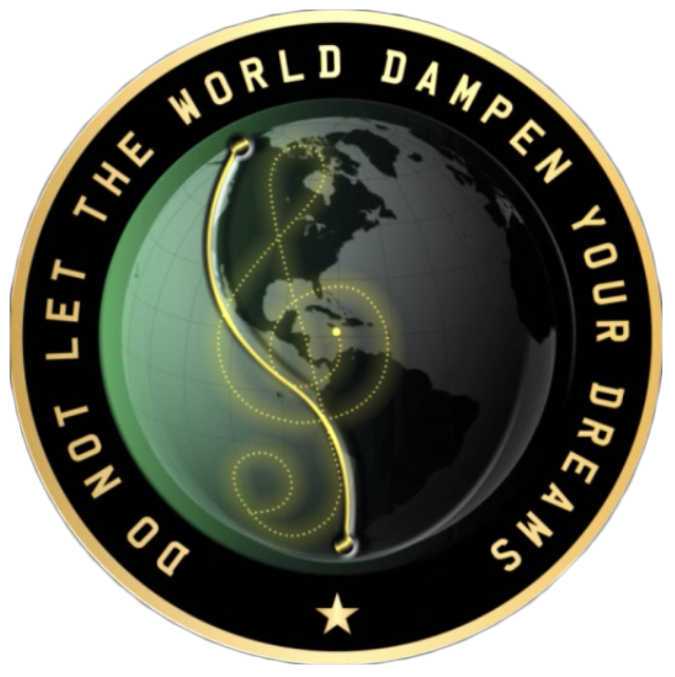For the first installment of the TWalton Group (TWG) blog, I want to cast light on a great example of problem solving using two of my most favorite subjects from STEAM: Mathematics and Arts. The two most appealing areas of Mathematics and Arts that I enjoyed on a daily basis at Massachusetts Institute of Technology (MIT) were Geometry and Music respectively. When people think of MIT, most may think of memorable movies such as: A Beautiful Mind, Iron Man and Good Will Hunting which all revolve around Mathematics; but many people may not realize that the most popular extracurricular activity that MIT students enjoy is Music ranging from instrumental composition to performances such as A-cappella and Rock-band groups.
While attending MIT, one of the most difficult problems that I’ve encountered was not just doing problem sets (P-sets) or math assignments, but simplifying the process of writing and composing music. The first song that I wrote at MIT took me over 3 months. Because of this strenuous and time consuming process I’ve always wondered, is there an easier way to compose music? How could I solve the problem of composing music in an easy and elegant way?
This search brought me to a beautiful approach used by a talented composer on YouTube. His methodology consisted of a direct relationship between a musical note on the piano and a mathematical constant, π which is the ratio of a circle’s circumference to its diameter. At first I didn’t understand his technique but after watching and understanding his approach, it was easy to see the beautiful relationship between Mathematics and Arts through his demonstrative YouTube video below. With π (Pi) consisting of an infinite series of numbers extending beyond 13.3 trillion (1013) decimal digits, he created an infinitely long instrumental by assigning a musical note to each decimal digit of π. From this approach, he was able to compose a beautiful song that proud nerds and music lovers everywhere can infinitely enjoy :)
- TTW

